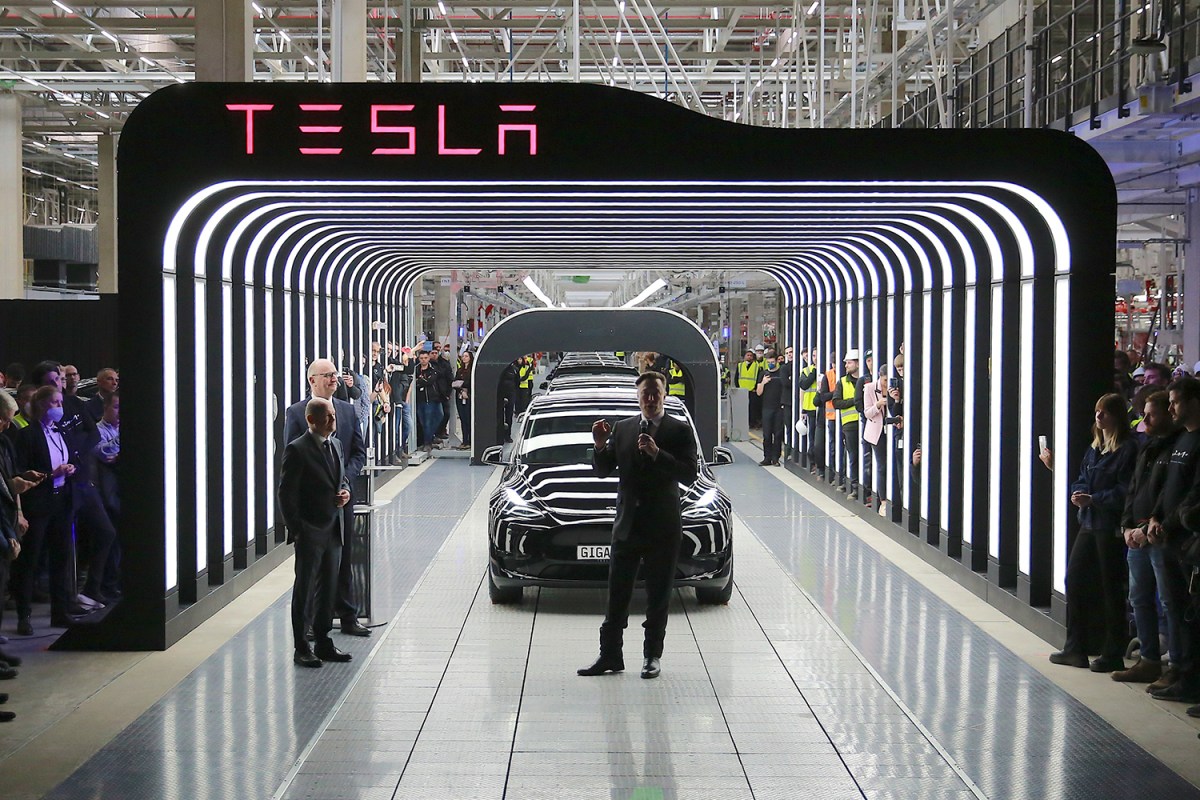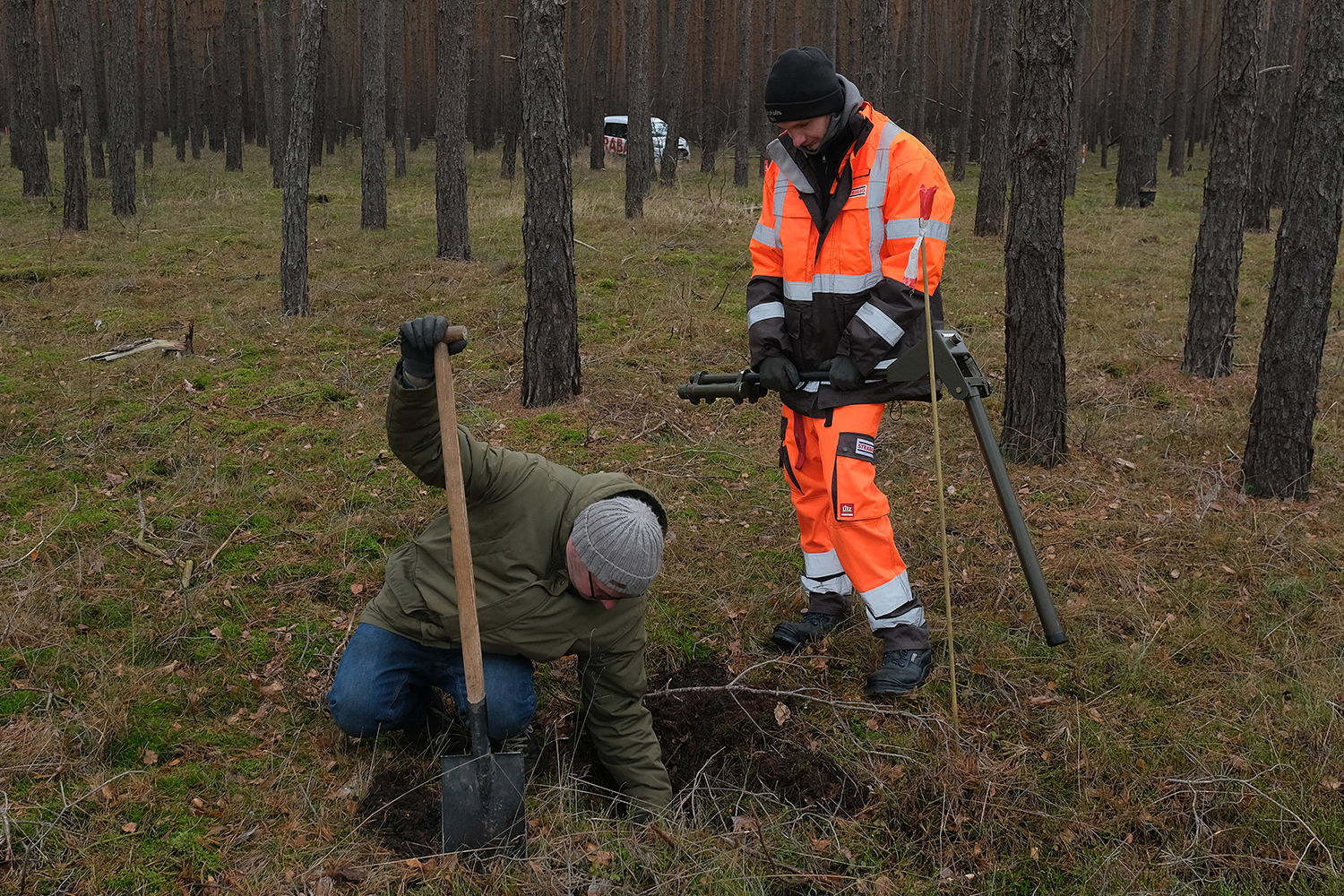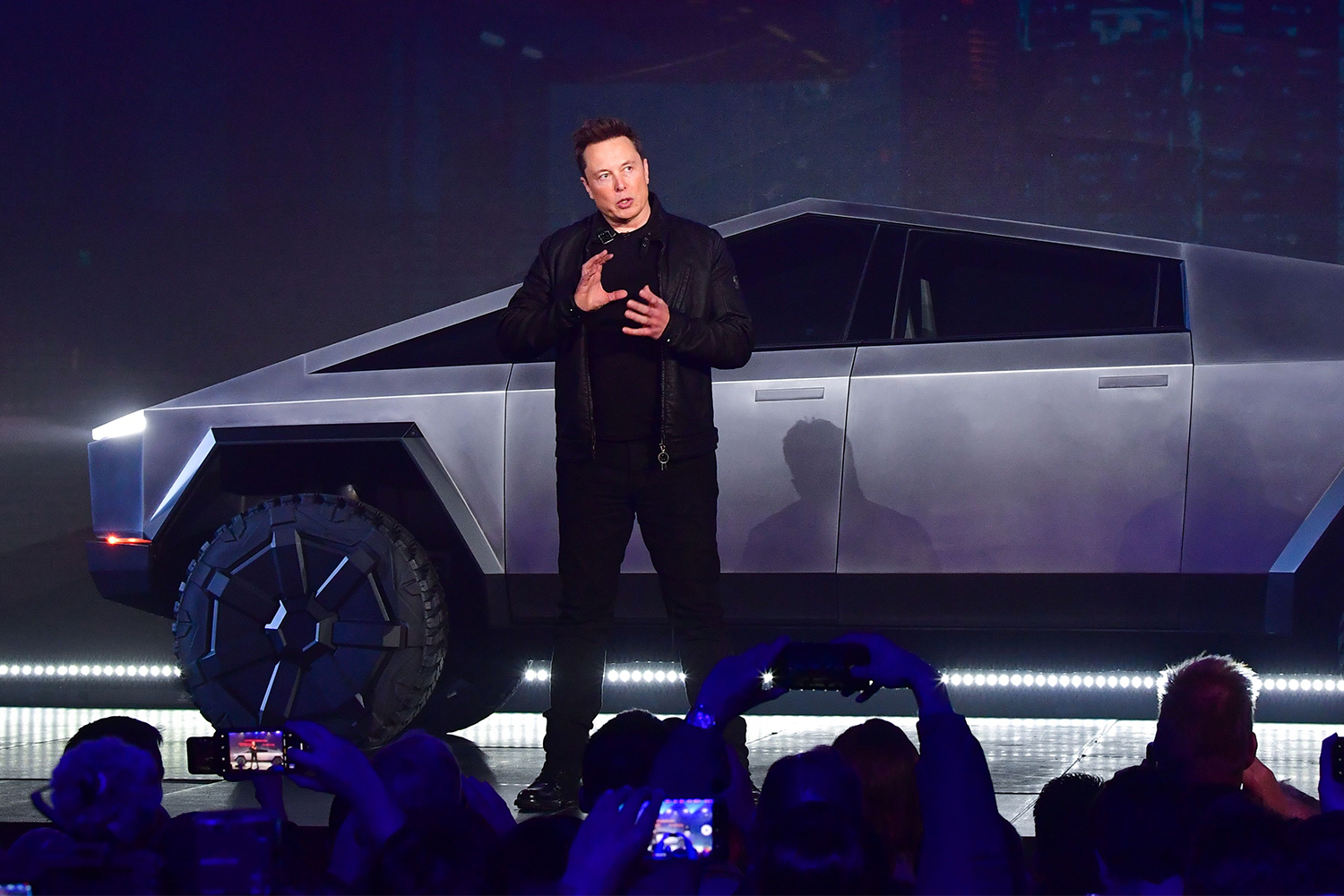On Tuesday, Tesla’s German factory officially started spitting out electric vehicles. CEO Elon Musk was there at Giga Berlin-Brandenburg, the company’s first factory in Europe, to hand off the first models to customers, and to dance a little jig which is becoming his calling card. If there’s any occasion to break into spontaneous dance, plopping down a plant capable of producing 500,000 cars a year on the home turf of the German automotive powerhouses is it.
It hasn’t been an easy road to the finish line, however. Despite opening speeches praising the speed at which Tesla built the factory “in a country known for its rigid bureaucracy,” as The New York Times noted, the plant had many setbacks along the way. In 2020, Musk tweeted that the outpost would “come together at an impossible-seeming speed,” but following that declaration were multiple delays, leading the initial July 2021 opening date to get pushed back again and again and again.
Many of the delays were indeed due to the aforementioned bureaucracy. But it never seems to be simple when it comes to Tesla, does it? Here are some of the other snags in the process that we couldn’t have made up if we tried:
- World War II Bombs: In January 2020, Reuters reported that seven unexploded U.S. bombs from WWII, weighing about 50 kg each, were found on the land Tesla purchased for the factory. As the outlet wrote, these “are often found in and around German cities,” and there’s a clear process for the state to defuse and clear them.
- Snakes and Lizards: In December of that year, The Guardian noted that work on the factory was halted “after environmentalists won an injunction over threats to the habitats of resident lizards and snakes.” The goal was to force Tesla to relocate these animals — the lizards first, so they could acclimate to their new home, before the predator snakes moved in.
- Environmental Protests: While the opening of Giga Berlin is being hailed as an environmental win as “Germany and other European nations are trying to reduce their greenhouse gas emissions and wean themselves off Russian oil,” per the Associated Press, environmental activists have been protesting the factory every step of the way, and not just for the sake of the local reptiles. They wanted Tesla to cut down fewer trees (a point they won) and use less water (a pain point up until the moment the company got the green light). And it’s not over yet. As the Times reported, on opening day activists “walked around the Tesla site with handwritten signs criticizing Mr. Musk and Tesla.”
All of this is likely water under the bridge (pun intended) for Elon, as he and Tesla are on to their next big project: opening up the Austin, Texas factory in early April. Our guess? They’ll make that on time, sans Cybertruck. After all, people are already making their own.
Thanks for reading InsideHook. Sign up for our daily newsletter and be in the know.

















